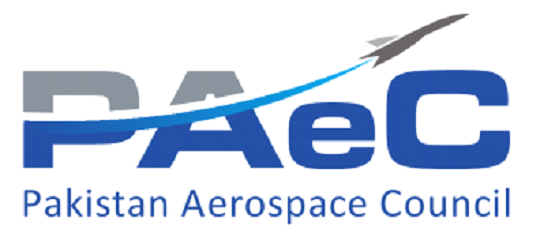Technology and innovation are essential to the future of the aerospace industry, with experts anticipating some major changes over the next few years. These changes are likely to have a significant effect on cabling.
The quest for profitability, the pressure from low-cost carriers, stricter regulations on noise and greenhouse gas emissions are boosting the need for lighter, more energy-efficient aircraft. That’s why aircraft designers are increasingly replacing hydraulic and pneumatic systems with electrical systems (fly-by-wire). As a result, the amount of electrical power carried by the aircraft electrical wire interconnection system (EWIS) has almost doubled.
Sustainability and cost continue to boost demand for greater fuel efficiency, which will continue to drive the need for weight reduction and electric aircraft. Engines too are undergoing significant upgrades, which are generating revolutionary aerodynamic design changes. Defence aerospace has seen a similar shift towards next-generation platforms. Let’s take a closer look at these trends from a cabling perspective.
Reducing the weight of aircraft has become a priority as the aviation industry seeks greater fuel efficiency and commits to strict emissions targets. Hybrid battery-powered aircraft are already taking developments to the next level, and the world’s more prominent aircraft manufacturers are all in advanced stages of hybrid development. As such, developments from the auto industry will increasingly translate to the aerospace sector.
Perhaps the biggest weight reduction in aircraft across the board has been the use of composite materials over aluminium. Structural composites also open the way for manufacturing techniques to mould multiple single parts together at the same time – a process already being applied in the automotive industry. Another advantage of using carbon fibre instead of traditional aluminium is that it allows designers to resolve the demands of aerodynamic efficiency, fuel savings and noise reduction. Depending on specifications, every airliner carries from 200km to 600km of cables interconnecting vital equipment throughout the body of the plane. The challenge is to design lighter-weight cables that will meet every aeronautics need without compromising safety, performance, and reliability.

Boosting Onboard Power
Weight reduction is a key driver for higher voltage, which makes it possible to increase power while maintaining or even reducing cable weight. Increasing power by increasing the current would require larger conductors leading to heavier cables. Therefore, increasing voltage is the most viable solution. The advent of more onboard electrical power, as well as the introduction of new technologies such as optical fibre to speed up communication between functions and reduce electromagnetic interference, also calls for changes to designs and architecture.
Higher Data Capacity
The increase in onboard data requirements relates to every aspect of flight operations, including the electronic systems, or avionics, used on the aircraft. Airlines are increasingly turning to IT solutions to boost operational efficiency, reduce costs, and improve safety. As advanced avionics increase the amount of onboard data, high-end cable solutions, such as optical fibre are fast becoming the norm. Fibre enables faster communications and reduces weight (compared to copper cabling) and is less sensitive to electromagnetic noise. The increasing number of onboard wireless systems also drives demand for more data and control cabling. New systems using light to make connections (Li-Fi) are becoming available, too, which may also impact onboard connectivity.
Operational Safety
The aerospace industry continues to improve its excellent safety record by a series of improvements through design, engineering, safety protocols and procedures.
Three critical aspects are exceedingly relevant to cables.
(1) Fire and toxicity: The new regulations required smoke detectors in the toilet areas, automatic fire extinguishers, in-cabin fire enhancements, fire-blocking seat materials, emergency track lighting, and so on. ‘Survivability’ also impacted aircraft cabling standards, since one possible cause of fires in aircraft is wiring problems Due to their excellent thermal and chemical resistance, and fire properties, fluorinated insulation materials are now being used instead.
(2) Synthetic vision in the cockpit: To remedy the loss of control – the primary cause of fatal accidents – Synthetic Vision Systems (SVS), offering ‘virtual reality’, will be deployed in commercial flight decks within the next five years. SVS gives a 3D clear sky picture of runways, terrain and obstacles on the flight path ahead. Evolving systems such as these confirm the need for more data capacity in tomorrow’s aircraft, which means light and reliable cables, wi-fi capability, and a host of data, communication and sensor cables.
(3) Overall aircraft health management related to maintenance: Technological advances and massive global fleet renewal will completely reshape the MRO business by 2025. More onboard data will power predictive maintenance to minimise unplanned work on next-generation aircraft. Data is becoming the primary driver of maintenance programmes, and onboard wires and cables will be central to redistributed MRO spend.
Cable Compliance
Compliance to formal manufacturing standards is imperative for modern cabling manufacturers. Fast-changing demands and market dynamics in the aerospace manufacturing industry will require an ecosystem of suppliers who are up to speed with all technological and other developments impacting the sector. They will need to offer products and services that add value in key areas – increasing production speed and preparing for future developments in the areas of electrification, data and connectivity.

